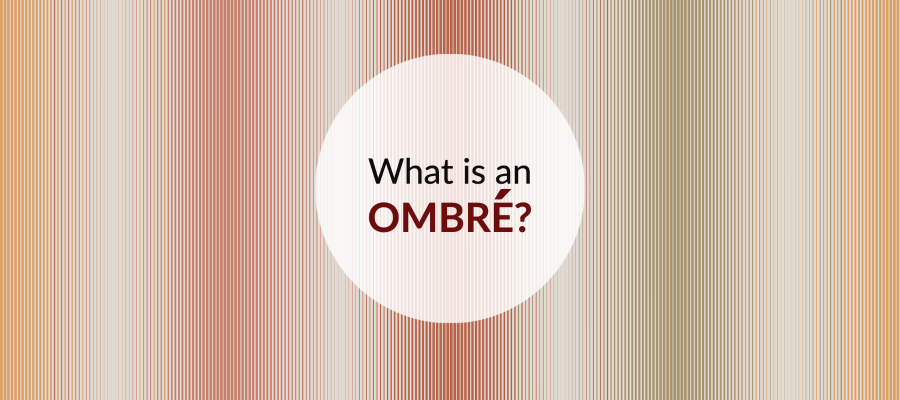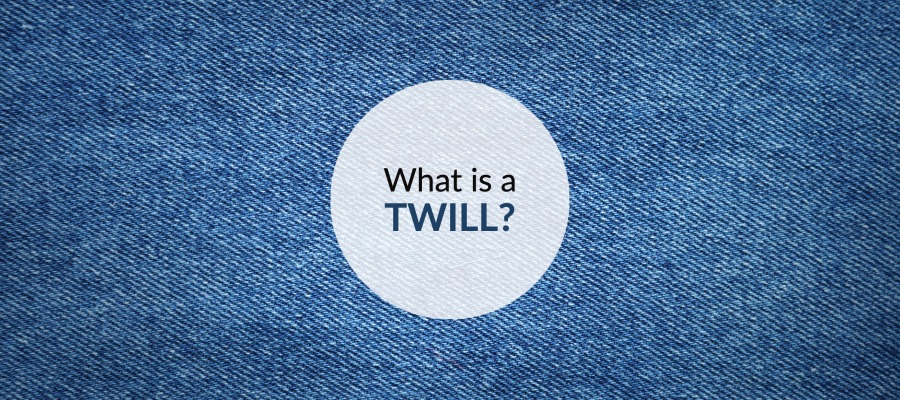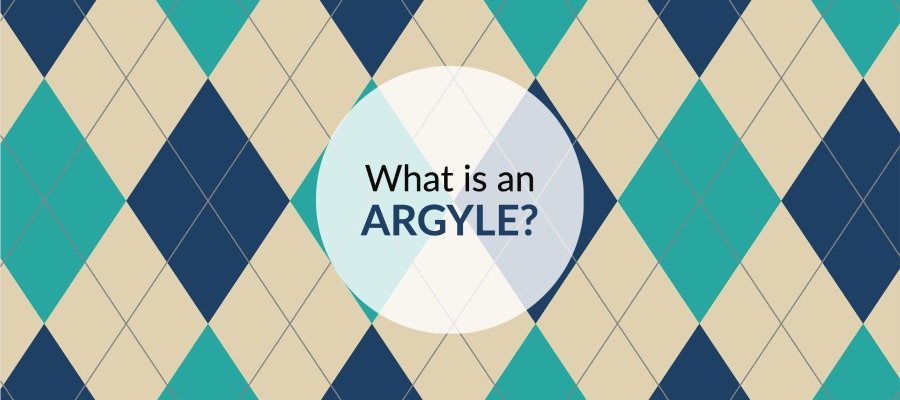
What is an Ombré & How Do You Make One?
An ombré is a stripe or pattern with gradual shading and blending from one color to another. In fact, the word ombré itself comes from the French word meaning shaded. A designer or artist can create an ombré using most textile techniques, including knitting, weaving, printing, and dyeing.
Ombrés first appeared in pattern designs in prints in the early 1800s on wallpaper made by the wallpaper firm Zuber. These designs often used the ombré in a solid area of a large design, such as the ground of a floral pattern. Other times, the ombré stood alone as a stripe. Its popularity was short-lived. By the mid-19th century, the effect fell out of fashion. Though beautiful, they were too costly to produce.
Weaving creates beautiful ombrés.
Beyond printing, a designer can create an ombré structurally when constructing a piece of cloth through knitting or weaving. According to Jack Lenor Larsen in his quintessential book Elements of Weaving written with Azalea Stuart Thorpe, “Ombré stripes result from gradation of color in which the change from one color to another is blended by a slow transition.” A weaver makes this slow transition using individual threads either in the warp layout or the weft layout.
In handweaving, an ombré layout in the warp is often preferable. Winding a warp with a complicated striping pattern adds a lot of time to the already slow process, but once on the loom, the weaving goes quickly. On the other hand, adding the gradually shading stripes in the weft will slow down the weaving because the weaver needs multiple shuttles full of yarn and needs to follow a pattern closely. Regardless of the technique, handweaving an ombré always adds time and labor. Depending on the weaver, this could be engaging or tedious.
On industrial looms, a designer creates an ombré similarly, although it will likely be of the weft variety. Designers create the stripe sequence, known industrially as the box motion, and power looms weave these sequences. Creating an ombré layout in the warp direction would be cost-prohibitive for most mills.
Knitters also love an ombré.
In knitting, this effect is created by gradually changing color from one to another. The knitter will plan a stripe pattern and work this pattern row by row, or round by round. The same is true in an industrial setting.
Dyeing also produces beautiful ombrés.
Dyers create this effect through different techniques such as dip dyeing, graduated dyeing, or color bleeding. When dip-dyeing, a dyer dips a length of fabric or a garment into a dye bath. For example, they will dip 3” into the dye bath and then 20 minutes later, lower in another 3” for as many shades as desired.
Color bleeding creates a similar effect by letting the dye wick through a fabric. In this instance, a dyer will put an edge of a piece of fabric into a dye bath and leave it there for an extended period of time, letting the dye naturally move up the cloth.
Whatever technique a maker or designer chooses to use to make an ombré, the result is always beautiful, with a soft, colorful vibrancy. These patterns add a subtle stripe to a collection or environment and are always on-trend.
Share this post
Author
DESIGN/COLOR TRENDS AND AWESOME INFORMATION IN YOUR INBOX
Sign up for our monthly trend letter







